It only seems like yesterday when I got my first Android smartphone, and my life was never the same.
I'm sure you guys would remember your first Android smartphone too! Android has completely changed our lives, and we can hardly ignore Android devices anymore.
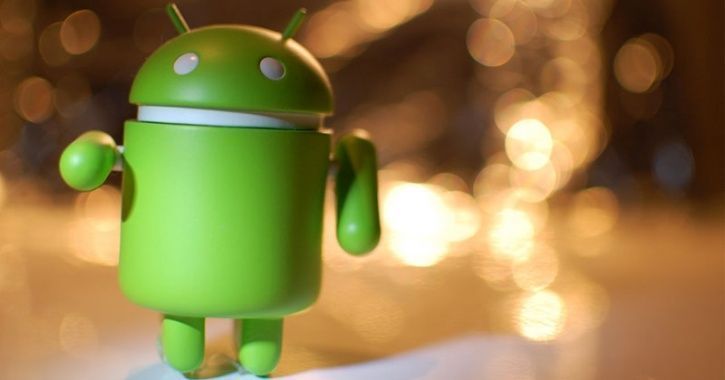
Image courtesy: Pixabay
Since its very inception into the market, Android has evolved to such great lengths, that it has made us alter the way we have used phones. In India, Android gained recognition around seven years back with Samsung's first Android flagship-the Galaxy S, running Android 2.1.
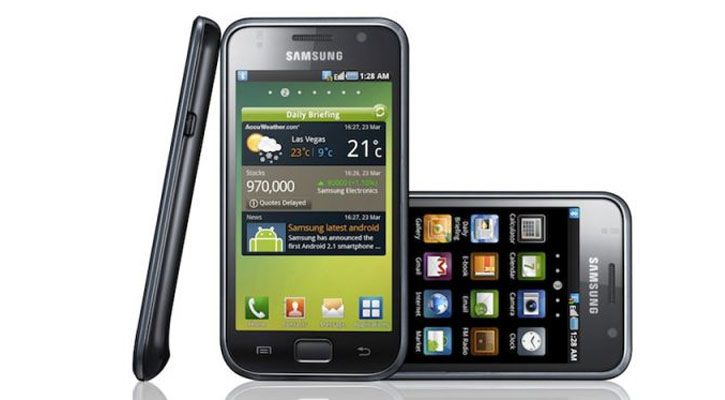
However, before this, we used our phones in a completely different way. We were a fan of Nokia Samsung's and Blackberry devices running on their custom operating systems, and while they were smart enough to do all the things a smartphone could, there weren't termed as the smartphones. And even with strong fan-following from these brands, people shifted to Android in a very short span of time.
Today, Android is one of the most popular operating systems in the market, killing Blackberry OS as well as others in the competition. And now we cannot even think of switching back. Here's how Android has changed the way we use our phones.
Internet became everything for us!With the feature phones that we used, we never really paid attention to the mobile internet, because we didn't really have the browsing experience or the apps to use it with. However, with an Android smartphone in our palms, we became more social. Using Facebook and Twitter became daily rituals. This made us sure to recharge our internet packs and make sure we don't extinguish our data (which eventually got extinguished before time anyway).
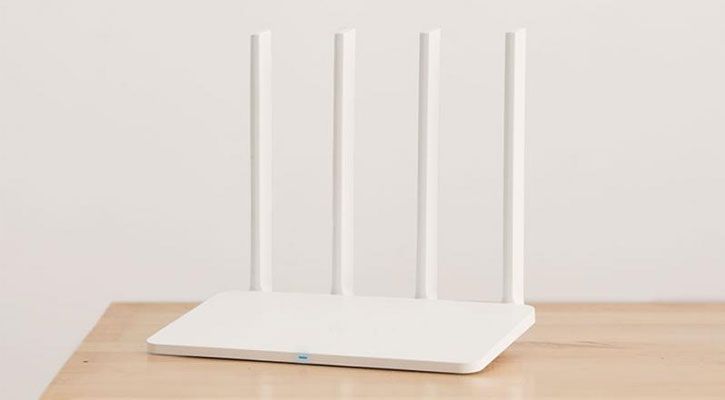
Very few homes had an internet connectivity. However, with so many Android devices in our home, getting the internet shared over Wi-Fi became more common every day. This also helped us make our data packs last a wee-bit longer.
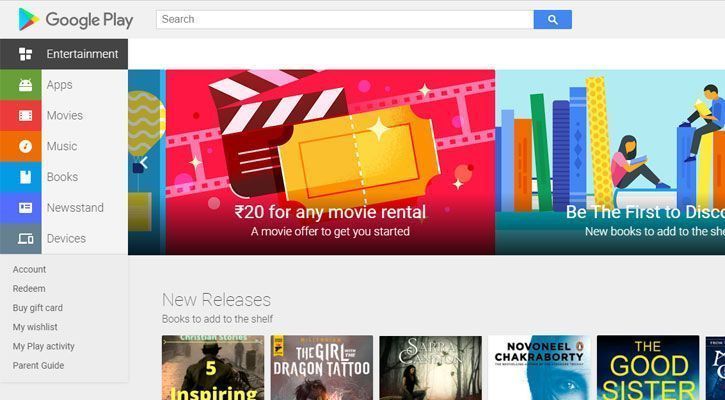
We never really installed apps on our feature phones as most didn't have an app store. In the end, we pretty much made it work with whatever was pre-loaded. However, Android had the Play Store which consisted of apps that will let you do almost everything. Be it listening to internet radio, read books, or play games, the Play Store has it all. Not just that, most of the apps are free, making it cost efficient for users to browse and install. And today, As per a report, Android users spent approximately 325 billion hours using apps in just three months!

Earlier, we used to have dedicated messaging packs from our network providers that gave us 500 text messages a day. Blackberry devices were required to have a special recharge of Rs 399 done every month for enabling Blackberry Messenger as well as the Internet. But with WhatsApp diving into the equation, all we needed was just the internet pack, and we were pretty much good to go. Moreover, the entire chat experience was far better with emojis and other elements added to the equation.
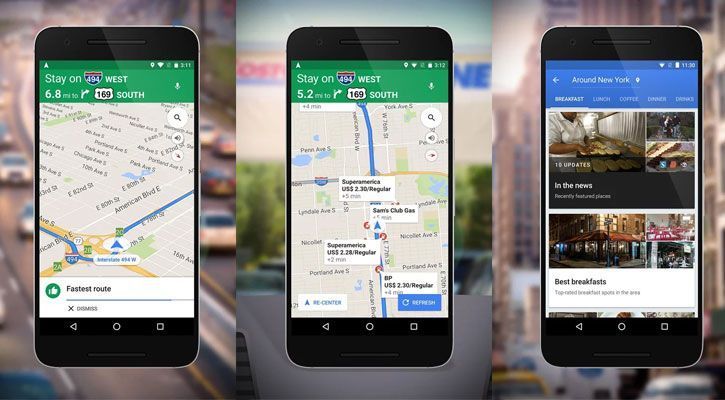
One of the cool additions to the Android operating system was the inclusion of Google Maps. And while many devices before the advent of Android came with navigation, Google Maps on Android was not only the most convenient but also the most accurate too. Today we aren't scared to go to new places, as long we have our smartphone in our pocket.
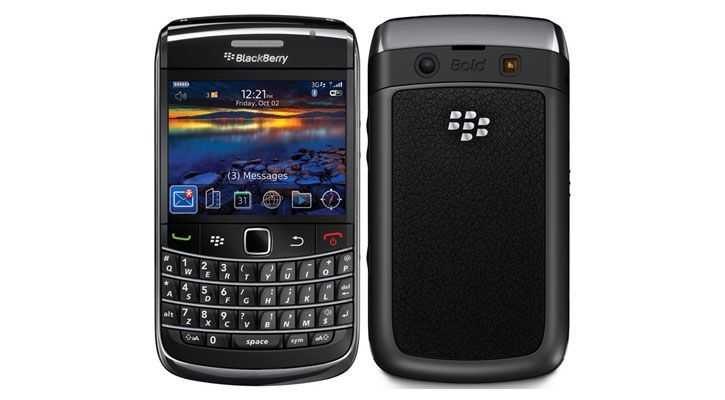
Before Android took over, only a handful devices had a touch interface. People were still very much hooked on to the physical keypad and the 'D' pad for browsing through the menu. But now we only have the touchscreen. It also made us realise how cumbersome the 'D' pad was and how amazing is scrolling or zooming in on the touchscreen.

Android devices brought in the trend of big-screen smartphones. We were used to watching content on a tiny 3-inch screen, but Android showed us the wonders of having large displays. Browsing web or just watching YouTube was a far better experience on a 5-inch screen than on a tiny 4-inch screen. This also forced Apple to ditch their ergonomic design on the iPhone 5 and 5s and bring in large-screen devices with the iPhone 6 Plus. And now, the constant for a regular smartphone is 5.5-inches!
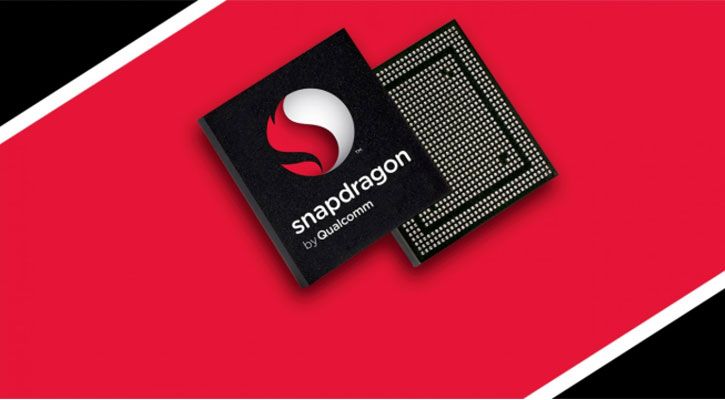
Phone makers didn't really pay much attention to the hardware on their devices, as their operating systems weren't that demanding. Android, being so dynamic, has always pushed to get the best hardware on its devices to get a smooth user experience. Today we see devices having eight-core processors and 8GB of RAMs, which are not even on our laptops these days.
We got a battery to charge the batteries on our smartphoneWith so much happening on a device, the battery performance went to the dogs! It's a war every day, making our devices last a day on a single charge. We were forced to carry another battery to charge the battery on our smartphones!

Android is the OS of the masses. Unlike iOS, Android has got a vast number of devices to choose from. From a smartphone costing as low as Rs 5,000 to a smartphone worth Rs 50,000. This made it feasible for users to pick the right device according to their budget. And the overall Android experience on the device remained the same.
We didn't need a laptop to do everything, any moreA laptop was the first portable computing device. And when we got a device that could do almost everything a laptop could, but in the palm of our hands, why would one need to turn on the bulky flipping thing anyway!
Thank you Android for making our lives simpler and more fun! We love you!
Source: 10 Ways In Which Android Has Changed Our Digital Lives And The Way We Use Our Phones
Comments
Post a Comment